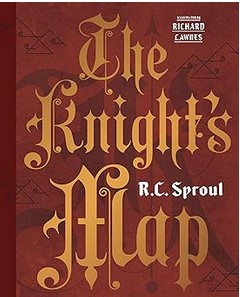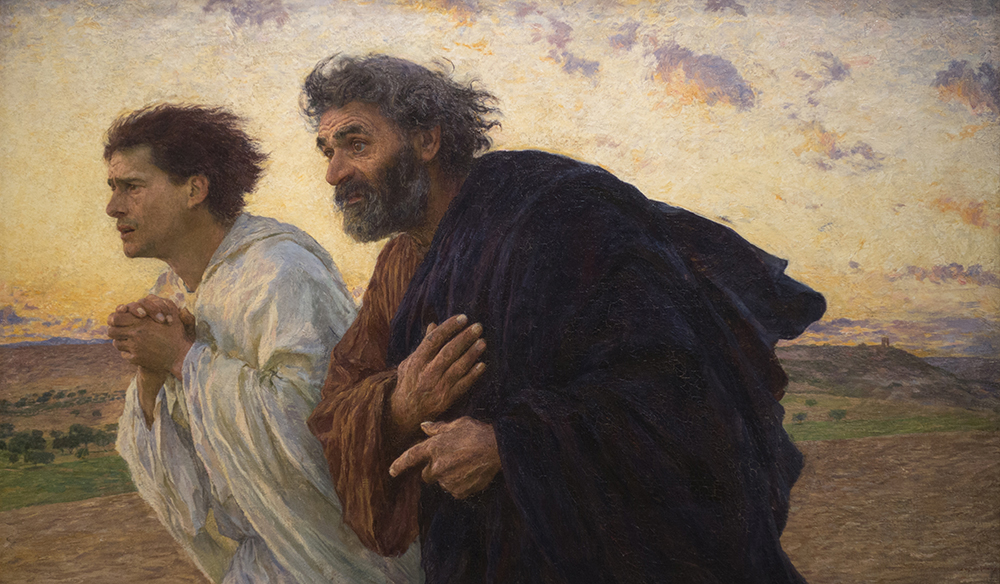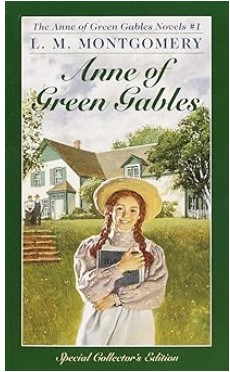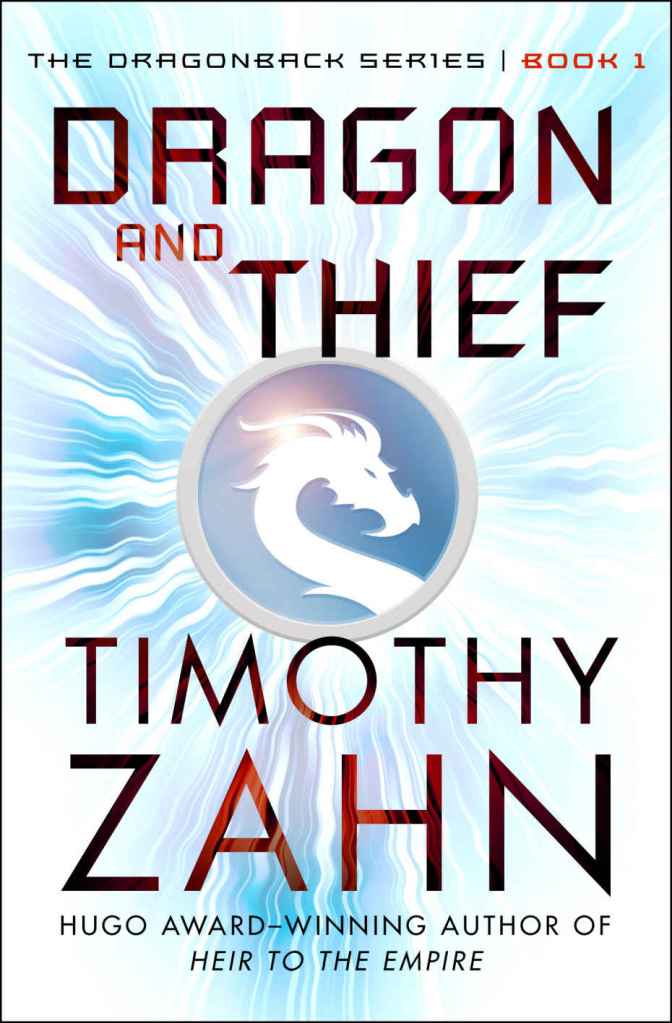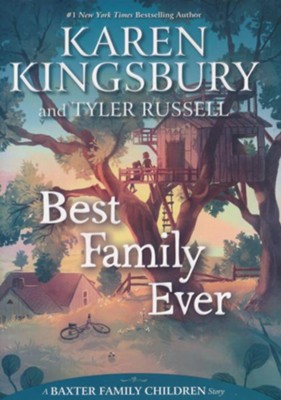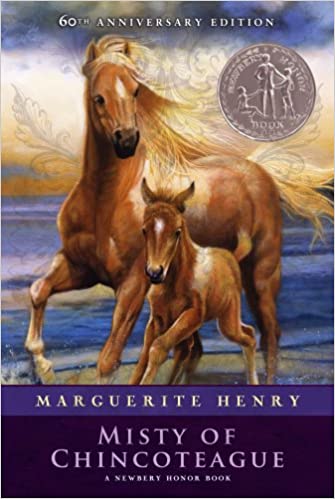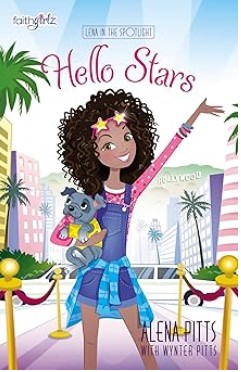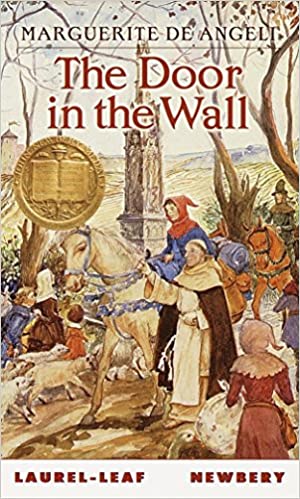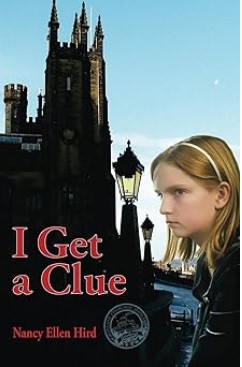21 Days of Joy, compiled by Kathy Ide and published by Broadstreet Publishing Group, LLC (2016), is the fourth book in the Fiction Lover’s Devotional series. This one is all about mothers. The most wonderful aspect of this book is that you don’t have to be a birth mother to find great joy in its pages. It is a wonderful read for those wishing they were mothers, those who have fostered or adopted children, or those who have lost children. It gives women hope that they can be used as a mother in a child’s life.
I loved reading the book and seeing how each one of the twenty-one stories was so varied and touching. The main thread that winds through this incredible little book is that God loves and honors mothers of all kinds. He loves our children and hears our prayers for them.
There were two stories in particular that stood out, and I would like to share about them. “Here With Us” by Nancy Ellen Hird is about an adoptive mother. I love the idea of adoption because my daughter has a desire to adopt someday. Kristie, an adoptive mother, has rushed home from a business trip after learning that she and her husband have been given a baby. She is overjoyed, but more than a little nervous as she reaches for the newborn in her husband’s arms.
She and Matt love their new little bundle of joy, a sweet baby girl. In a private moment with her sister Lisa, Kristie expresses fear that the birth mother might change her mind and want her baby back. Lisa reassures her, but also offers that all children go away someday, and that we are just borrowing them from the Lord. Kristie relaxes and rejoices at the amazing gift she and her husband have received. As our children grow, we need to learn to let go, and place them into God’s loving care.
Another story I particularly enjoyed is “Haiti’s Song,” by Deborah Raney. It is about a young woman, Valerie Austin, whose fiancé, Will, has just called off their wedding after most of the arrangements have been made. He comes to realize he never wants children, and yet Valerie does.
From a young age, Valerie had dreamed of having children. She had sewn many children’s clothes as a young teen, placing them in her hope chest for the future. Heartbroken when her wedding is called off, Valerie donates the clothes to charity.
In Haiti and working at an orphanage, she begins to love the children around her, and finds herself at peace with God’s calling. All of a sudden, she starts to recognize the clothes she had made years ago, worn by the children she works with. She knows that God is giving her a message. She believes He is pleased with her sacrifice and will use her in a mighty way, even if she never has children of her own. I found this story to be particularly heartwarming.
This little book is filled with all kinds of stories about mothers. It is sure to inspire you to do your best wherever God has called you.
Patsy Ledbetter has written poetry, short stories, devotionals, and book reviews for many years. She has also been a drama instructor, special needs teacher and substitute teacher. She and Kevin have been married for 41 years. They lost their oldest son Craig when he was 33. They now have three children, Vanessa, Bethany and David. They also have five grandchildren, Elyse, Aurora, Hayden, Molly, and Hudson. Kevin has been a music pastor most of his life and together they serve the Lord in a local church. Patsy loves to read, pray, and spend time outdoors and with family and friends. Her main desire is to bring glory to God through all the talents He has given her.










